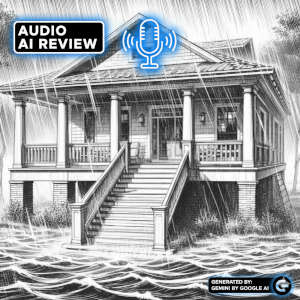AI Resources
Week 4: HUD CDBG-DR Grants Overview
Week 4: HUD CDBG-DR Grants address unmet needs for public and private sectors. Homeowners and municipal governments benefit from HUD grants after a disaster.
By Murray Wennerlund, published , updated .
HUD CDBG-DR Grants (Coming Soon)
HUD CDBG-DR Grants
Originally designed to assist homeowners with households earnings less than 40% AMI (Area Median Income). Today that level is often 80% AMI, and with specific amendments or waivers, can even reach 120% AMI, depending on the specific CDBG-DR allocation and the administering state's action plan. For households earning over 120% AMI, proof of financial hardship is typically required, demonstrating that other resources (like insurance or SBA loans) were insufficient to cover disaster-related needs. States often set their own caps, but a general guideline is that household earnings typically need to be less than $1 million per year.
HUD CDBG-DR grants are crucial in disaster recovery, addressing unmet needs for both the public and private sectors. They provide essential financial assistance to homeowners and municipal governments after a disaster, acting as a critical supplement when other federal aid (like FEMA and SBA) and insurance fall short. These funds are designed for long-term recovery, focusing on housing, infrastructure, and economic revitalization in the most impacted and distressed areas.

